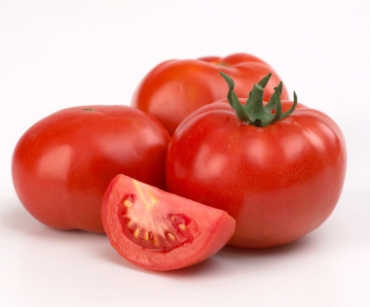With autumn upon us we can look forward to apple cider, jack-o-lanterns, and pumpkin flavored anything. But with all this goodness comes fall cleanup that is, picking up all the leaves that nature leaves behind (no pun intended). These treats are nature’s way of taking a poop in our backyards. That being said there is a lot that we can do with leaves to maintain a green environment.
One of these benefits is composting. In many instances, the primary waves we dispose of leaves are through incineration or dumping them in the garbage. Yet reusing and utilizing leaves as a compost can do wonders for the backyard garden and the environment. Suchg benefits include creating a natural tilling, turning, and aeration of the soil. According to Jennifer Hetrick over at reading eagle.com, successful composting requires:
“…A 30-to-1 ratio of brown and green materials. Brown materials can be fallen leaves, twigs, chipped brush, perennial clippings and wood chips. Green materials would encompass grass cuttings, used coffee grounds, weeds and kitchen leftovers like vegetables or fruit.”
Clearly all of us can do it, all we need is a conscious effort in doing so. But thinking of some previous articles we’ve written here on recyclable materials and using them in non-traditional ways, maybe there is a way to transform leaves into new clothing. Plastic bottles have been shown to be successful in creating such a fabric so why not your backyard leaves? Experimenting with such a new material may lead to new and innovative fabric and a sustainable way of using leaves. More importantly however, whether it’s composting or creating fabric for clothing, by doing these actions we are taking one step closer to where we all live green, and be green.









